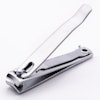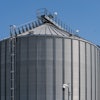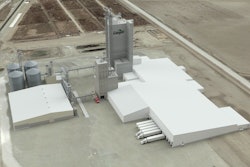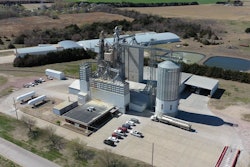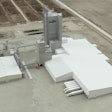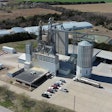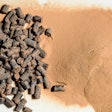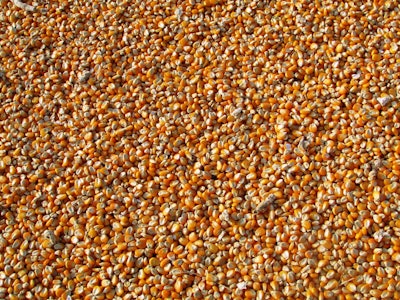
In many parts of the world, there is a choice given to buyers amongsoybean mealproducts containing 44%, 46% or 48% crude protein. When one considers buying a product with more protein, it is expected a higher price will be asked for it. So, in the most simplistic reasoning, when going from 44% to 46% crude protein (a 4.5% increase in protein), one would expect to pay at least 4.5% more (again, this is an oversimplification as more factors play in the equation often making ahigher protein mealmore expensive than it would be merely based on its protein content). But, the point, I believe, is clear. When it comes to soybean meal — a commodity nevertheless — buyers will pay more for higher protein concentration, and vice versa.
Now, let us consider the case for cereals. Here, I will bring up a recent example from one of my clients; one who likes to know what he buys. Long story short, he asked me if he could have a cheaper formulation cost with 9% crude protein corn compared the standard value (8%) used in his formulas. As it happened, he had come across a large quantity of 9% corn and the price was the same as for 8% — in fact, the seller had no idea about the protein concentration of his corn. Now, going from 8% to 9% in protein concentration in corn is not so straightforward as in soybean meal because amino acids do not increase proportionately, but this will have to be considered in another conversation. Point is, that with 9% corn bought at 8%-corn prices, some savings were made.
So, let us consider the magnitude of this difference, again ignoring the finer details about amino acid concentrations. A typical formula will contain about 20% soybean meal. Some may disagree with that number, but it is my own reference value for such calculations. If soybean meal at 20% goes from 44% to 46% in crude protein, this will increase the contribution of soybean meal protein to total feed protein from (20x44%=) 8.8% to (20x46%=) 9.6%, that is 0.08 percentage units or less than 1% in total dietary protein. The same calculations for a formula with 70% corn containing 8% vs 9% crude protein give 5.6% versus 6.3% crude protein coming from corn, respectively. Again, a difference of +0.07 percentage units, which is very comparable to the above example for soybean meal.
So, why would someone agree to pay more for higher protein in soybean meal and ignore the same in corn (or wheat, or sorghum, or any other cereal)? The answer so far has been very clear and it is one that comes from country elevators orcereal tradersas known in many parts of the worlds. Soybean meal can be segregated by crude protein as it is an industrial product. Cereals are lumped up all together in mega silos and it is not possible to keep different silos for different levels of protein (or any other differentiating nutrient that you may want to consider). But, that is an excuse that reflects the past, not the present and certainly not the future.
First, mega producers who have mega silos can afford to have in-line NIR systems that coupled with an automatic feed formulation system can make adjustments from the time corn enters the pipeline and until it ends up in the mixer.
Medium and smaller producers, on the other hand, usually buy from traders or cereal farmers direct, and in this case portable NIR equipment can be used to test protein (and other nutrients) at the point of sale. It might be a big investment up front, but it might save big time money, especially when one considers lost animal performance from cereals that are under the expected average. Finally, another solution for some producers who constantly buy cereals, is to have two silos for corn; one for high(er) protein and another for low(er) protein — with loads checked at unloading time, again using NIR technology. This way, they can formulate different feeds when using each silo making sure animals receive an adequate diet without deficiencies or wastage.
With the advances in NIR technology, one wonders why it is not so widespread as it should considering the huge savings, especially for commodities like grains. One of the reasons, of course, is that old habits die hard, and buyers are used to buying corn, expecting it to be of average value, but they do insist on the level of protein level in soybean meal. However, once explained in detail, with actual savings, the extra cost suddenly seems insignificant. It only takes education and application of existing technology into commercial practices.

